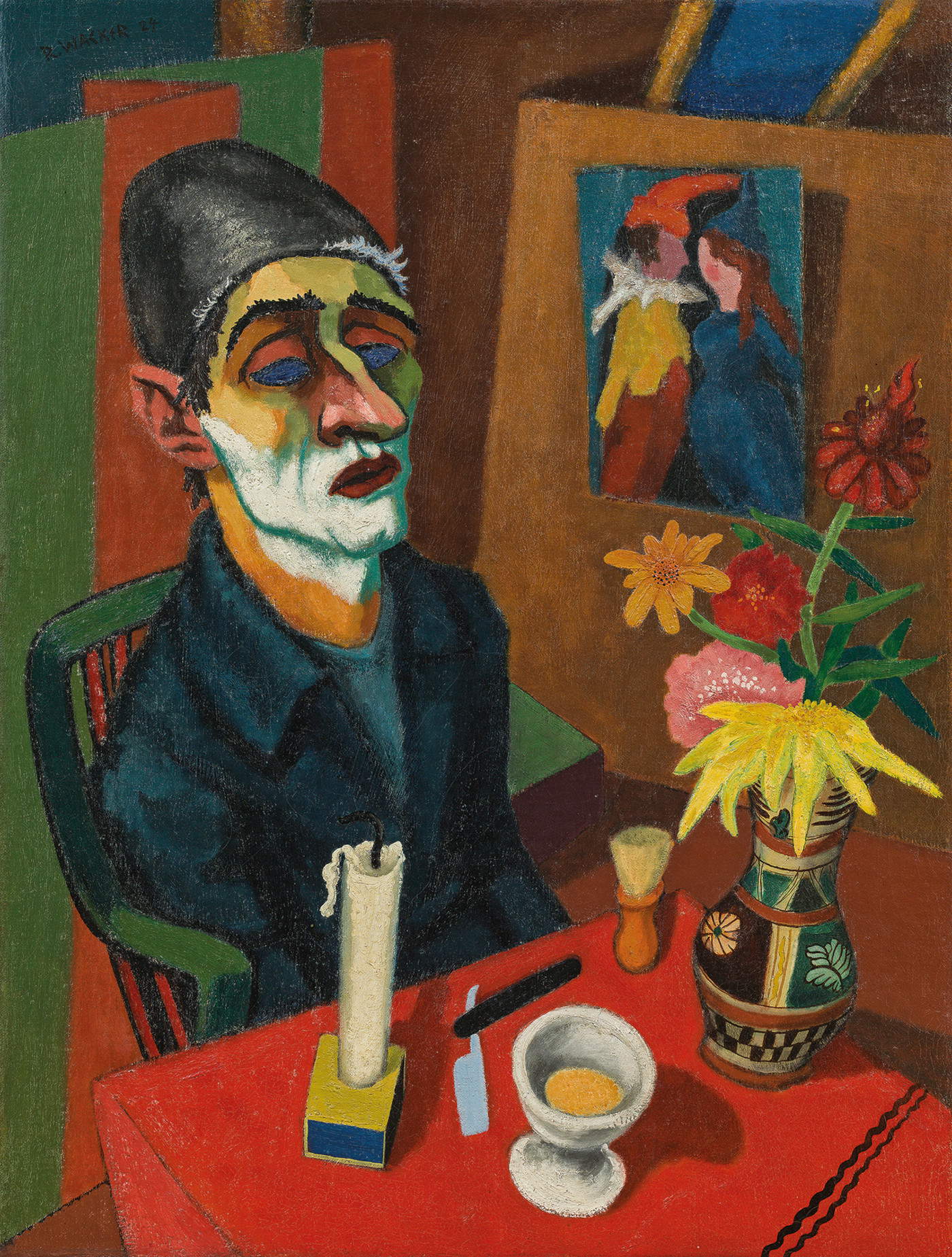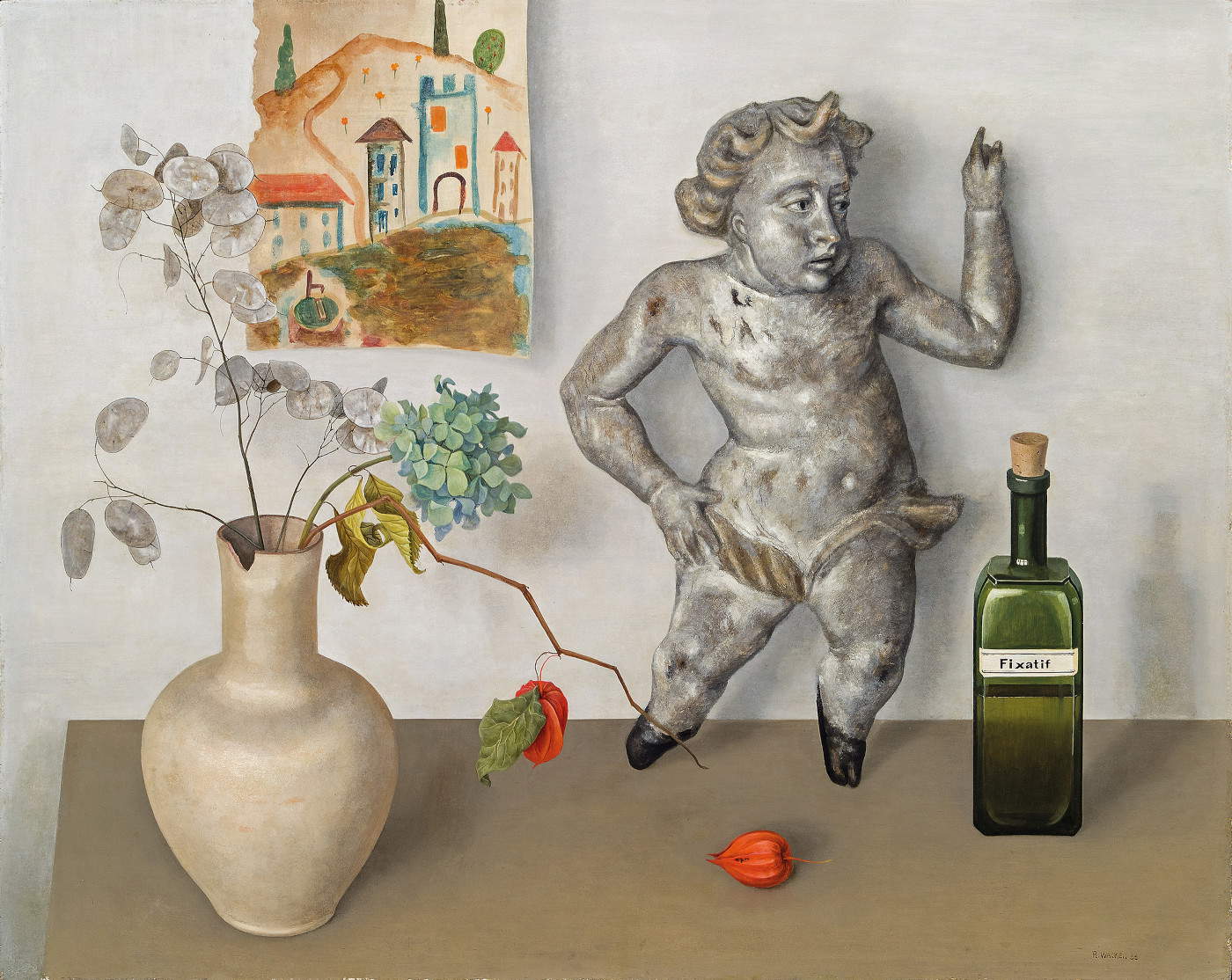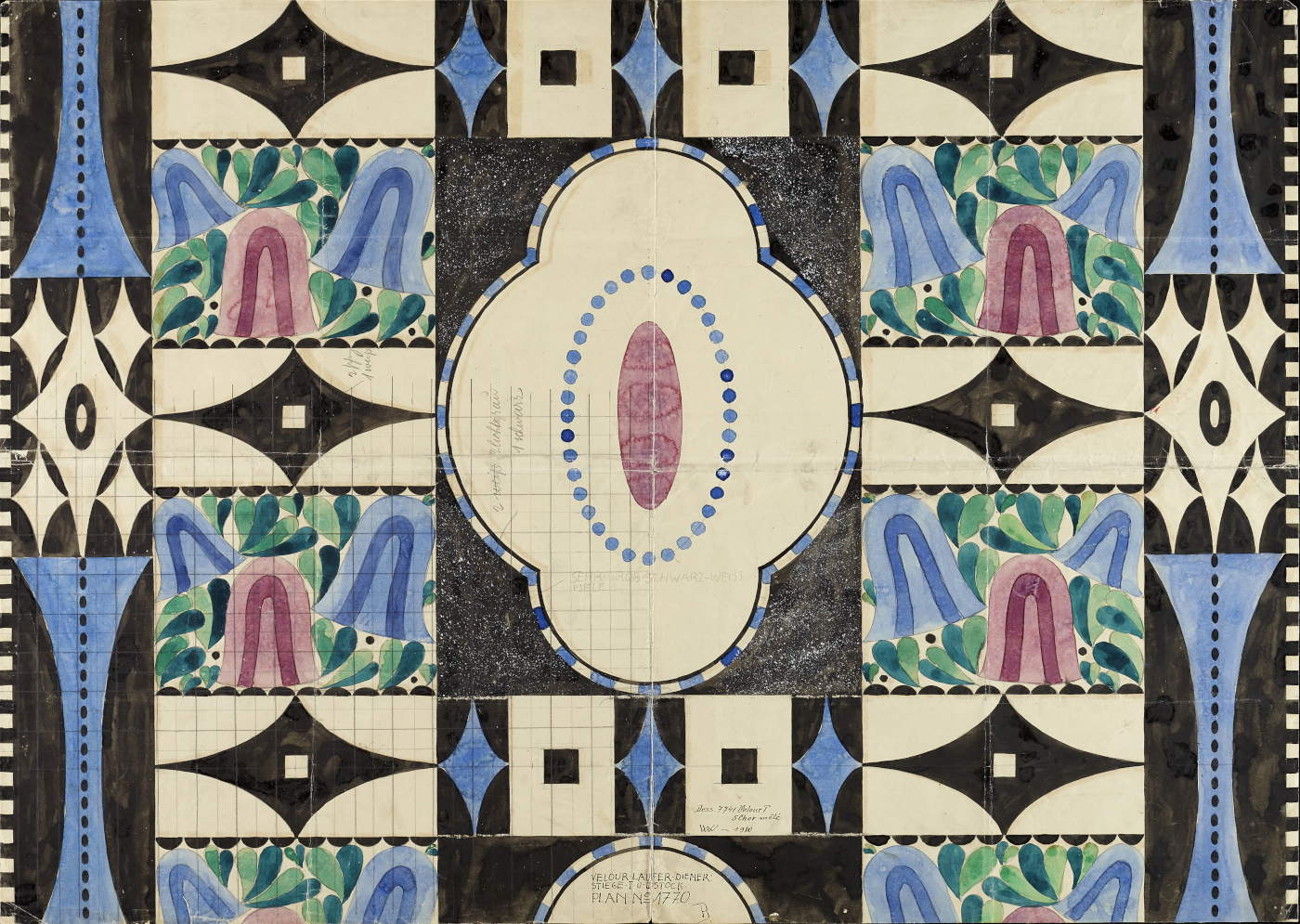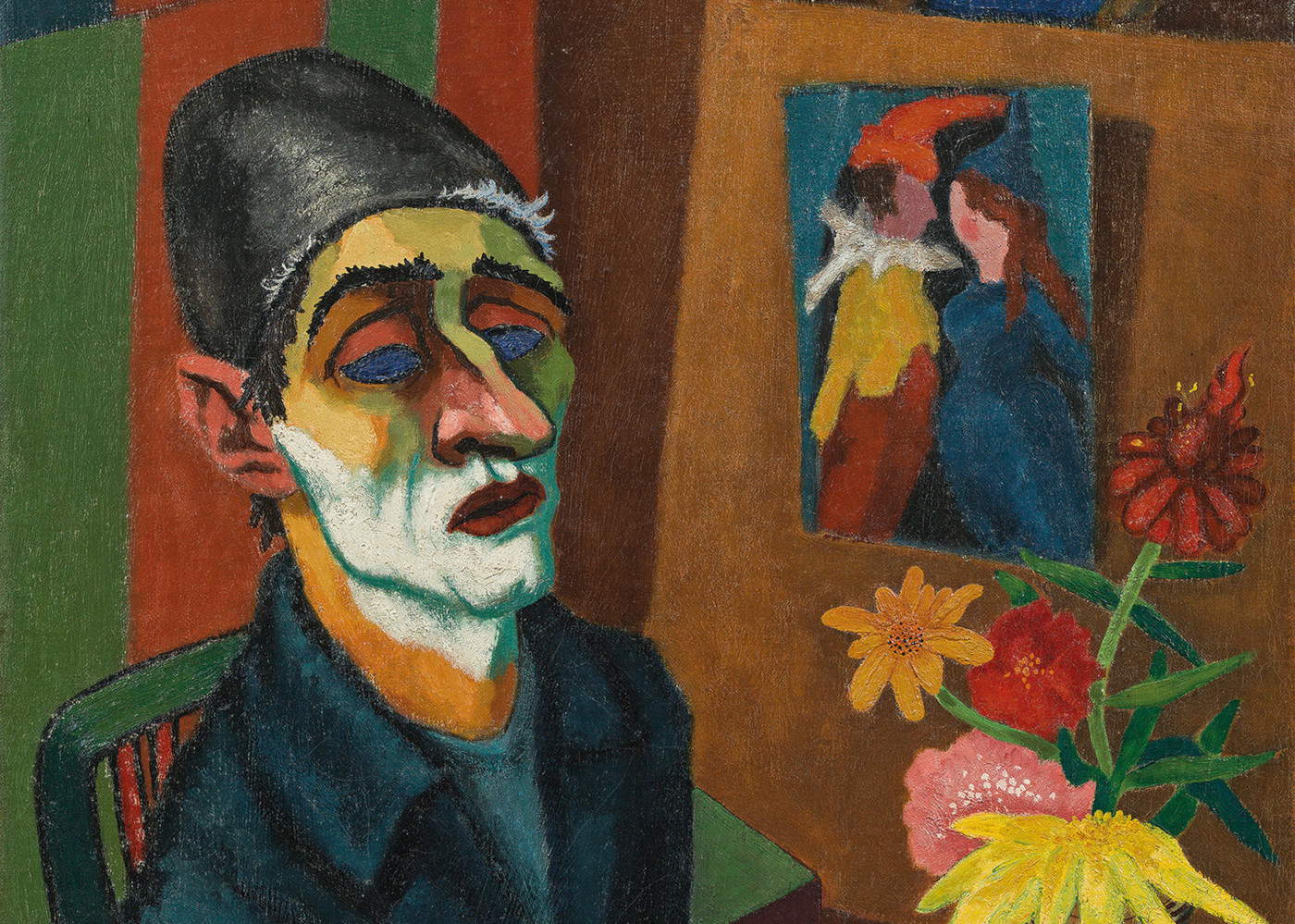Two new exhibitions at the Leopold Museum in Vienna, one dedicated to Rudolf Wacker, among the leading exponents of the New Objectivity in Austria, and the other devoted to the company Joh. Backhausen & Söhne, founded in 1849, among the producers of upholstery and decorative fabrics in Viennese history. The first, entitled Rudolf Wacker. Magic and the Abyss of Reality, runs from Oct. 30, 2024 to Feb. 16, 2025. Curated by Marianne Hussl-Hörmann and Laura Feurle, the exhibition marks a significant event for the Austrian art world, as it brings back one of the leading exponents of the New Objectivity. In fact, the first and only exhibition of his works in Vienna dates back to 1958, at the Österreichische Galerie Belvedere; now after nearly fifty years, it will be the Leopold Museum that will bring the works of this internationally renowned painter back to the Austrian capital, also reflecting Rudolf Leopold’s deep esteem for the artist.
Rudolf Wacker’s career took place mainly in Bregenz, Vorarlberg, the westernmost of the Austrian states, between the two world wars (from 1921 until his untimely death in 1939). Coming from a bourgeois family, the son of a Tyrolean foreman, he took art lessons in Vienna and began studying in Weimar with artists including Albin Egger-Lienz, until the end of his career abruptly interrupted by his enlistment in the army. After his return in 1920 from five years of imprisonment in Siberia, he tried in vain to establish himself as an artist in Berlin and later in Vienna. In 1924, he and his wife Ilse Moebius, who was his most important model, returned to his father’s villa. Although living in a province far from artistic centers, Wacker constantly sought to maintain contact with the European cultural milieu, participating in exhibitions in Vorarlberg, Tyrol, and various German cities, and making frequent trips to Germany and Switzerland. He was also a member of the transnational art association Der Kreis, which enabled him to come into contact with other artists, such as Hans Purrmann, Conrad Felixmüller, and Adolf Dietrich.
The exhibition at the Leopold Museum not only marks a long-awaited return for Rudolf Wacker’s work in Vienna, but also aims to offer an in-depth reading of his artistic journey. Wacker is known for his ability to transfigure everyday reality, focusing on subjects such as domestic objects, cityscapes, courtyards and female nudes.
In the 1920s, Wacker developed a painting style characterized by the use of intense colors, which after 1928 would give way to a predominantly graphic and unconventional objectification of reality. With his precise lines, Wacker captures and isolates everyday objects, thus investing them with a mysterious magic. In light of the political situation of the time and the frequent violations of social taboos, his works can be read as cryptographic messages. Depicting motifs such as withered plants and cacti or Punch-and-Judy dolls, Wacker adopted a pictorial language typical of 1920s art, especially in Germany, and reinterpreted it with great skill.
The Vienna exhibition will bring numerous loans from private collections and institutions to provide a comprehensive overview of Wacker’s multifaceted and complex oeuvre. It will also feature examples of his rich graphic work, as well as works by artists such as Otto Dix, Max Beckmann, Franz Lenk, and Anton Räderscheidt, to provide a broader context on the New Objectivity movement and the mutual influences within this artistic environment.


On the other hand, the exhibition Poetry of Ornament is scheduled from November 13, 2024 to March 9, 2025. The Backhausen Archives, curated by Ursula Graf and Aline Marion Steinwender. The company Jo. Backhausen & Söhne, founded in 1849 by Jakob Backhausen, has played a key role in the history of Viennese textile production. Thanks to its continuous evolution and ability to adapt to the artistic trends of the time, the company became a benchmark for the production of high-quality textiles for interior decoration, specializing in upholstery fabrics, curtains, damasks, brocades, and silk and wool carpets. Throughout its history, the company has changed its name several times, reflecting succession within the family, always maintaining family management. The quality of Backhausen’s products and its connection to the Empire led the company to receive the prestigious title of imperial-royal supplier to the court in 1888. At this stage, Backhausen’s textiles were used to decorate many important buildings along Vienna’s Ringstrasse, including the Opera, Parliament, City Hall, and Burgtheater.
A decisive moment for the company came at the beginning of the 20th century, when it began collaborating with the leading exponents of Viennese Modernism. Beginning in 1903, Backhausen worked with artists such as Josef Hoffmann, Koloman Moser, Joseph Maria Olbrich, Jutta Sika, Dagobert Peche, My Ullmann, and Otto Prutscher, who helped transform decorative textiles into true works of art. This collaboration was particularly fruitful with the Wiener Werkstätte, the association of applied arts and design founded by Hoffmann, Moser and Fritz Waerndorfer, which aimed to combine art with craftsmanship to create high-quality everyday objects. Collaborations with the Wiener Werkstätte led to the realization of important projects, including the decoration of the Purkersdorf Sanatorium (1904/05), the Skywa-Primavesi Villa (1913-1915), and the famous Palais Stoclet in Brussels (1905-1911), considered one of the masterpieces of Viennese Modernism. These projects established the firm’s reputation as a major player in the production of decorative textiles of the period, helping to spread the Viennese Secession aesthetic.
The exhibition dedicated to Jo. Backhausen & Söhne offers a fascinating look at the company’s long history and the rich holdings in theBackhausen Archive, highlighting the profound interaction between art and textile craftsmanship that characterized the company’s production. The exhibition explores different thematic stages, starting from the initial design to the production of fabrics, with a focus on collaboration with contemporary artists, a tradition that Backhausen has fostered since the early 20th century and that has made the company a benchmark in the industry.
Visitors will have the opportunity to view a wide range of materials, including textiles, prints, furniture objects, and archival documents, which provide a comprehensive overview of the creation process and stylistic evolutions over time. The exhibition also highlights the company’s role in enhancing collaborations with artists from the Viennese Secession and the Wiener Werkstätte, transforming their designs into high-quality decorative textiles that furnished iconic buildings.
The exhibition pays tribute to Dr. Louise Kiesling (1957-2022), whose dedication was instrumental in the scientific and systematic reassessment of the Backhausen Archive. Thanks to her efforts, it has been possible to create a comprehensive inventory, accompanied by accurate photographic documentation and archiving that meets museum preservation standards. His vision and financial support have made it possible to safeguard this valuable cultural heritage for future generations. In 2022, the Backhausen Archives was officially placed under preservation, recognizing its uniqueness and historical value. Without Dr. Kiesling’s work, the creation of this exhibition and the rediscovery of so many artistic and documentary treasures would not have been possible.
For all info you can visit the museum’s website.

 |
| Leopold Museum brings New Objectivity artist Rudolf Wacker back on display in Vienna after 50 years |
Warning: the translation into English of the original Italian article was created using automatic tools. We undertake to review all articles, but we do not guarantee the total absence of inaccuracies in the translation due to the program. You can find the original by clicking on the ITA button. If you find any mistake,please contact us.